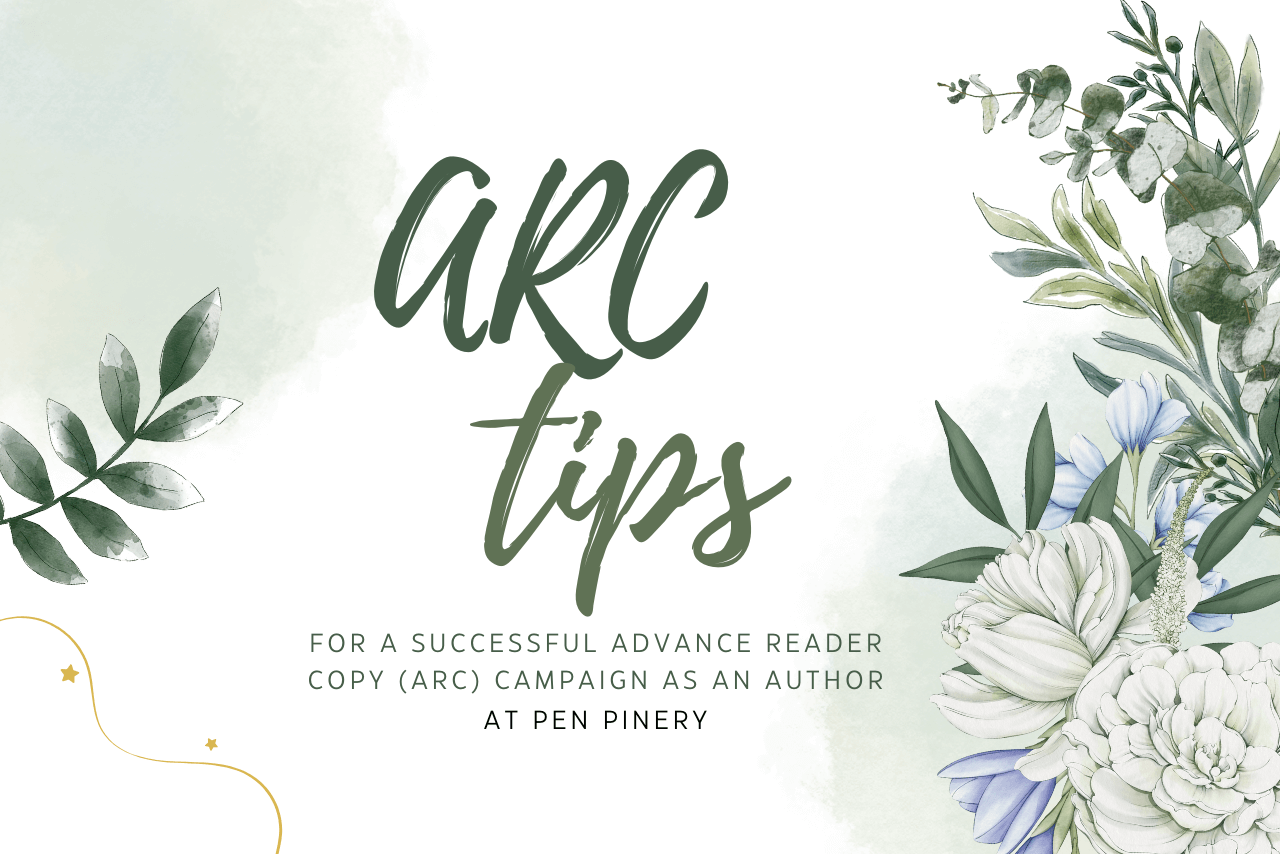4 Tips to Write Conversations that Keep Readers Hooked
Tips for crafting conversations that captivate, inspire and keep the reader engaged.
Conversations are the lifeblood of storytelling, whether in novels, plays, or screenplays. They have the power to captivate readers, evoke emotions, and drive the narrative forward. As a writer, mastering the art of crafting compelling conversations is essential to creating engaging and memorable stories. In this article, we will explore some valuable tips and techniques to help you write conversations that sparkle and truly engage your audience.
1. Understand Your Characters:
Before diving into writing conversations, it's crucial to have a deep understanding of your characters. Each character should have a unique voice, personality, and set of motivations. Consider their backgrounds, beliefs, and values, as these factors will influence how they speak and interact with others. By knowing your characters inside out, you can create authentic and compelling dialogue that feels true to their individuality.
Example:
In the novel "To Kill a Mockingbird" by Harper Lee, the character of Atticus Finch is depicted as a wise and principled lawyer. His conversations are marked by a calm and measured tone, reflecting his composed and rational nature. Here's an excerpt that exemplifies his character:
"You never really understand a person until you consider things from his point of view... until you climb into his skin and walk around in it."
2. Create Natural Rhythms:
Conversations should flow smoothly, mimicking the natural ebb and flow of real-life exchanges. Vary the length of sentences and paragraphs to create a sense of rhythm and pace. Short, snappy lines can add tension and urgency, while longer, more introspective sentences can convey depth of thought.
Example:
In Ernest Hemingway's novel "The Old Man and the Sea," the conversation between the old man, Santiago, and the young boy, Manolin, exemplifies a natural rhythm:
"You are already a man... But I must go farther out."
"I'll bring the luck with me," the boy said. "What kind of luck?"
"The luck of the devil."
3. Show, Don't Tell:
Rather than explicitly stating how a character feels, allow their words and actions to reveal their emotions. Subtlety and nuance make conversations more engaging and invite readers to interpret the underlying meaning. Avoid excessive exposition or on-the-nose dialogue that spells everything out.
Example:
In F. Scott Fitzgerald's "The Great Gatsby," the conversation between Jay Gatsby and Daisy Buchanan is charged with unspoken emotions. Here's a snippet that demonstrates this technique:
"He looked at her... and then she sat down. Her voice was cold, but the rancor was gone from it."
"You didn't come to my wedding."
"I wasn't back from the war."
"Which war?"
"It doesn't matter anymore."
4. Use Conflict and Subtext:
Conflict lies at the heart of engaging conversations. Tension and disagreement create intrigue, propel the narrative, and reveal deeper aspects of your characters. Subtext, the underlying meanings or emotions conveyed indirectly, adds depth and richness to conversations, inviting readers to uncover hidden layers of the story.
Example:
In William Shakespeare's play "Romeo and Juliet," the conversation between Romeo and Juliet on their first meeting is layered with conflict and subtext:
ROMEO: "If I profane with my unworthiest hand... my lips, two blushing pilgrims, ready stand to smooth that rough touch with a tender kiss."
JULIET: "Good pilgrim, you do wrong your hand too much, Which mannerly devotion shows in this, For saints have hands that pilgrims' hands do touch, And palm to palm is holy palmers' kiss."
Mastering the art of writing conversations that sparkle and engage is a skill that can elevate your storytelling to new heights. By understanding your characters, using dialogue tags wisely, creating natural rhythms, showing instead of telling, and incorporating conflict and subtext, you can bring your dialogue to life and captivate your readers. Remember, practice and experimentation are key to finding your unique voice as a writer and crafting conversations that leave a lasting impact on your audience.



